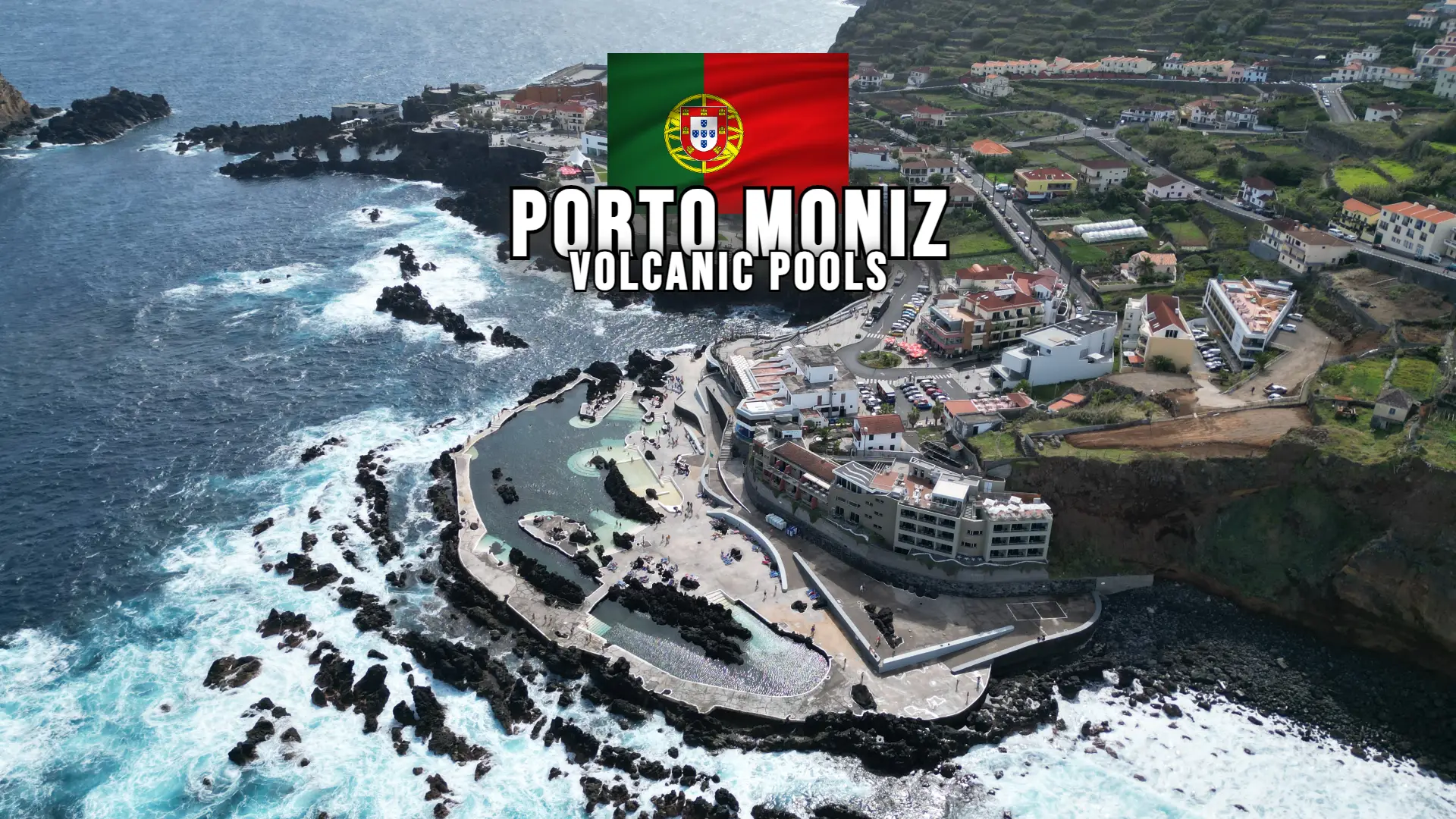The link Between Europe and Africa
During the last centuries, engineering works have enabled various advances in displacement and interconnection of previously isolated regions. The construction of large bridges and tunnels allowed access to regions and facilitated the movement of people and products.
Existing works
And there in great works also made it possible to create some shortcuts shortening routes and sea travel through canals like the Panama and Suez canals. But not all this progress in construction was able to connect two continents which are separated by a strip of approximately 14 km of sea. Only the Strait of Gibraltar separates the European and African continents.
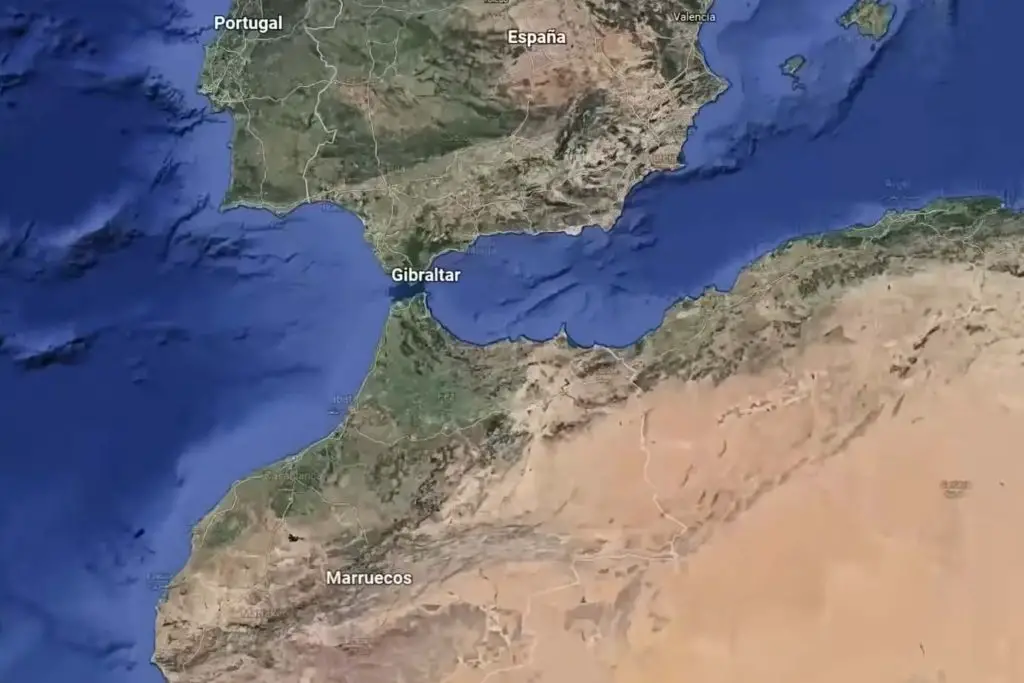
In this stretch where the Mediterranean Sea meets the Atlantic Ocean there could also be a physical link between Spain and Morocco and it would symbolise more than the interconnection between two countries it would mean the union between two continents and this union could bring about changes in trade relations between various countries.
This is a small distance because the longest bridge in the world, the danyang-kunshan bridge built in China opened in 2011 has a length of 165 km, even the Rio-Niteroi bridge (Brazil) which was opened in 1974 has a length of just over 13 km, which would be almost enough to join these two continents.
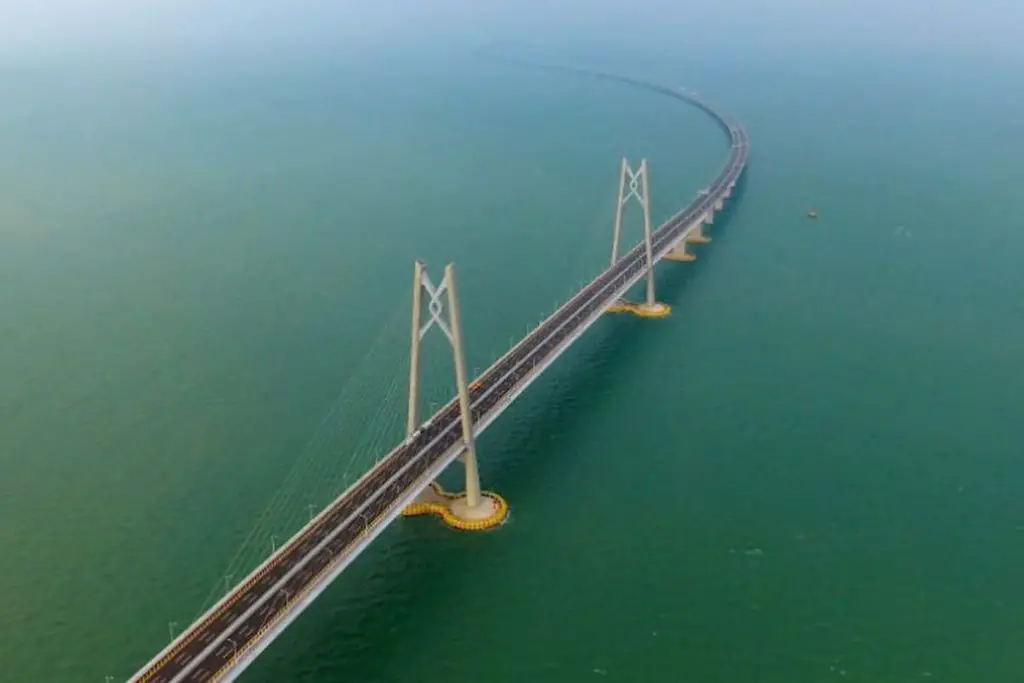
The connection between the continents could also be made by means of a tunnel as there are already other tunnels built under the sea, the most famous of them being the Eurotunnel which is 50 km long and connects the United Kingdom and France by passing under the English Channel.
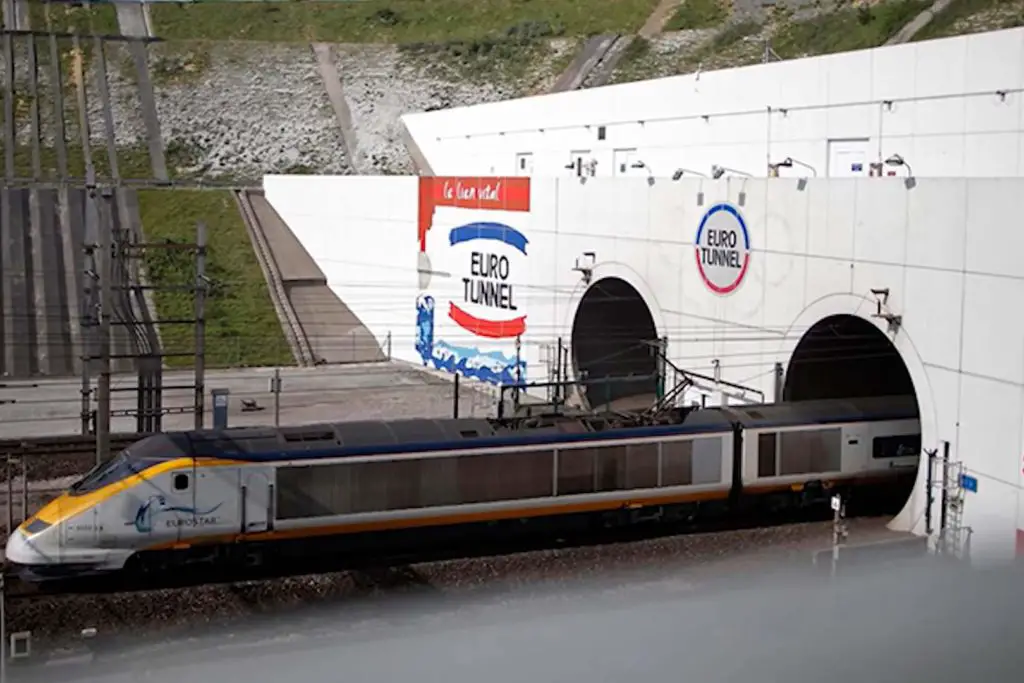
But if there are already so many means why are the two continents not yet linked by a bridge or a tunnel?
If you want to know the answer Read This Article to the end Because today we will expand our knowledge on the negotiations between Spain and Morocco for the construction of a link between the continents and how the entry of a new competitor can get this project off the ground.
The Story Behind This Project
The first time a project arose to connect the two continents was in 1869 and the idea was to build a tunnel. A French engineer presented a project and obtained a concession from the Spanish government for the execution of the work. The project even had funding for its execution, but due to political instability at that time, the project was not successful and its creator ended up bankrupt. About two decades later, in 1883, a Spanish naval engineer called Andrés Avelino Cormema a Batalha presented a project that would link the city of Tarifa located in the Iberian Peninsula to the city of Ceuta, a Spanish city located in African territory.
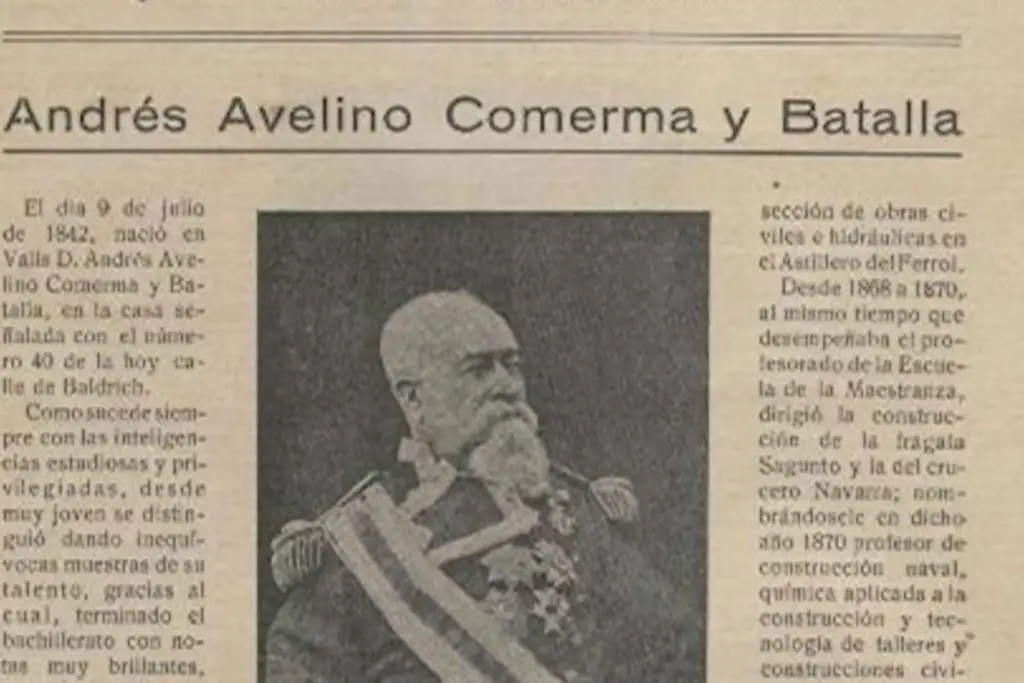
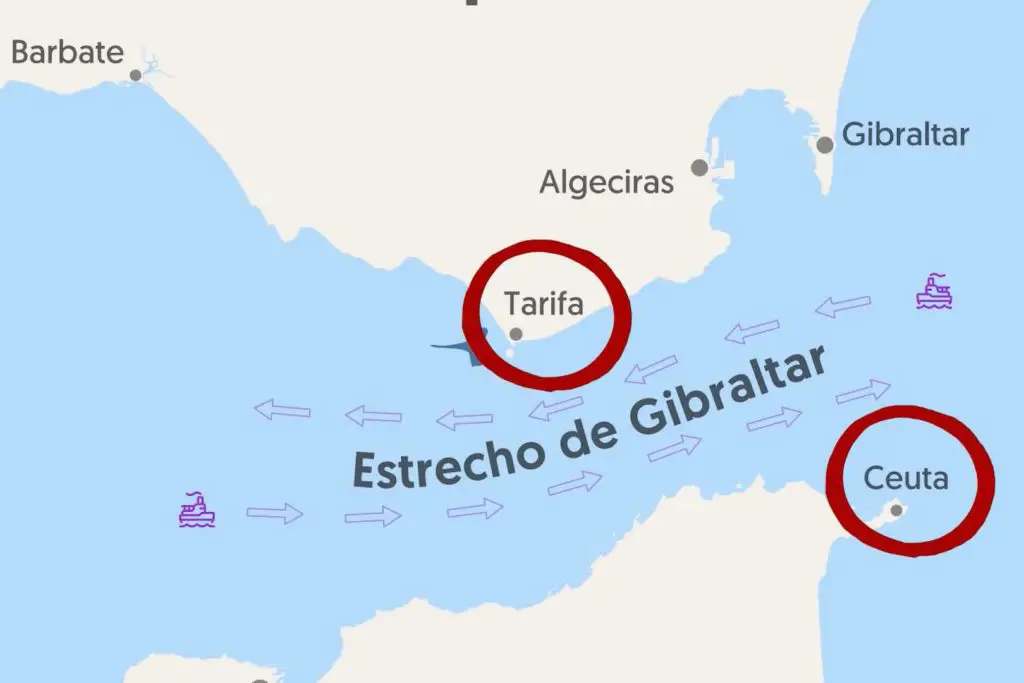
The project has a budget of $60 million at the time and is to be executed over 10 years. This value updated for 2022 would be approximately 2 billion dollars and the length of the tunnel would be 19 km. Some other projects arose but fell by the wayside, however, in 1918 a meeting in Paris could have changed the course of this crossing and other countries in the world. In April of the same year, at a meeting of the Society of Civil Engineers, a study was presented of a train line that would link the city of Paris to the port of Dakar in Senegal. To make this line, the construction of a tunnel under the Strait of Gibraltar was planned, and the interesting thing about this project is that it included the construction of several railways in North Africa and South America.
South America
The goal was to interconnect several countries such as Peru→Chile and Argentina→Pernambuco. With this project, the most used route for the transport of goods between the three continents would be the one connecting the northeastern Brazilian city with Dakar. At that time France was the great colonising power in North Africa and the construction of all this infrastructure would facilitate the extraction of the natural resources exploited.
The project continued to be debated until the 1930s, but fell into oblivion, as the 1929 crisis probably made funding impossible. At the same time as this proposal was being discussed, others emerged, almost always adopting the tunnel solution, but in general, the projects had different layouts.
An Audacious Project
During this period, a megalomaniac project also emerged, which foresaw the construction of a dam on the Strait of Gibraltar and the reduction of the Mediterranean sea level. This project was designed by a German architect, it was known as Atlantropa and will be the subject of the next article.
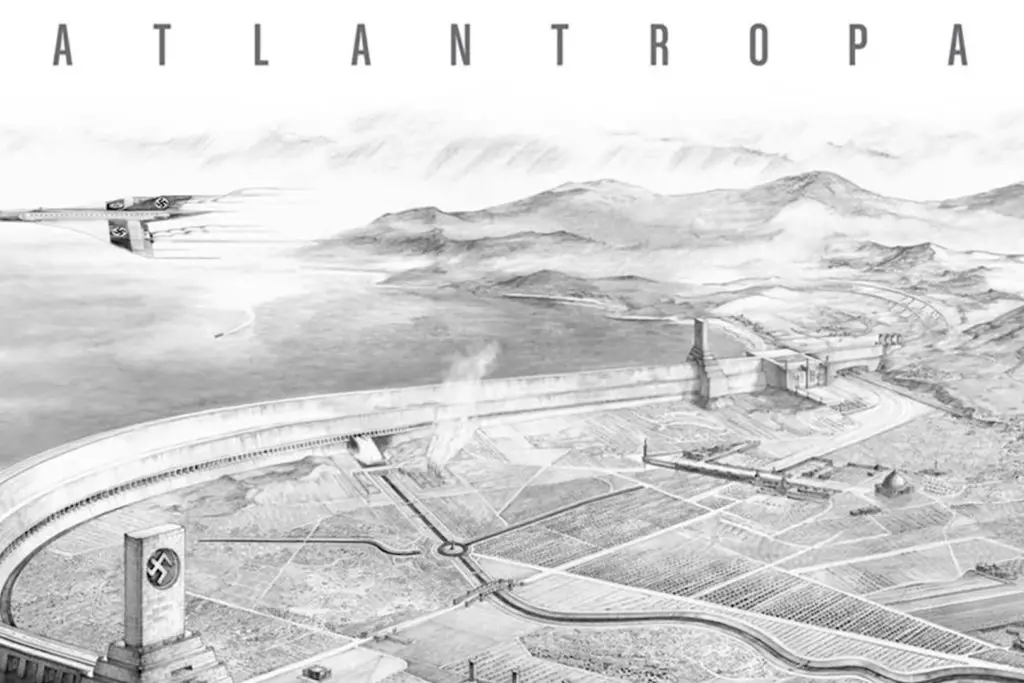
Start of the Second World War
A few years later, in 1936, the Spanish Civil War began, which lasted three years and established a dictatorship in the country under General Francisco Franco. A few months after the end of the civil war the Second World War began, and throughout this period and after the war the subject was forgotten.
In 1979, with a totally different political scenario, the subject was back on the agenda. Morocco had already ceased to be a French and Spanish protectorate, Franco was dead and the dictatorship was over.
End of War: Return to the Project
At this point Ruan Carlos, the first King of Spain and Raça II, King of Morocco resumed discussions on uniting the two countries.
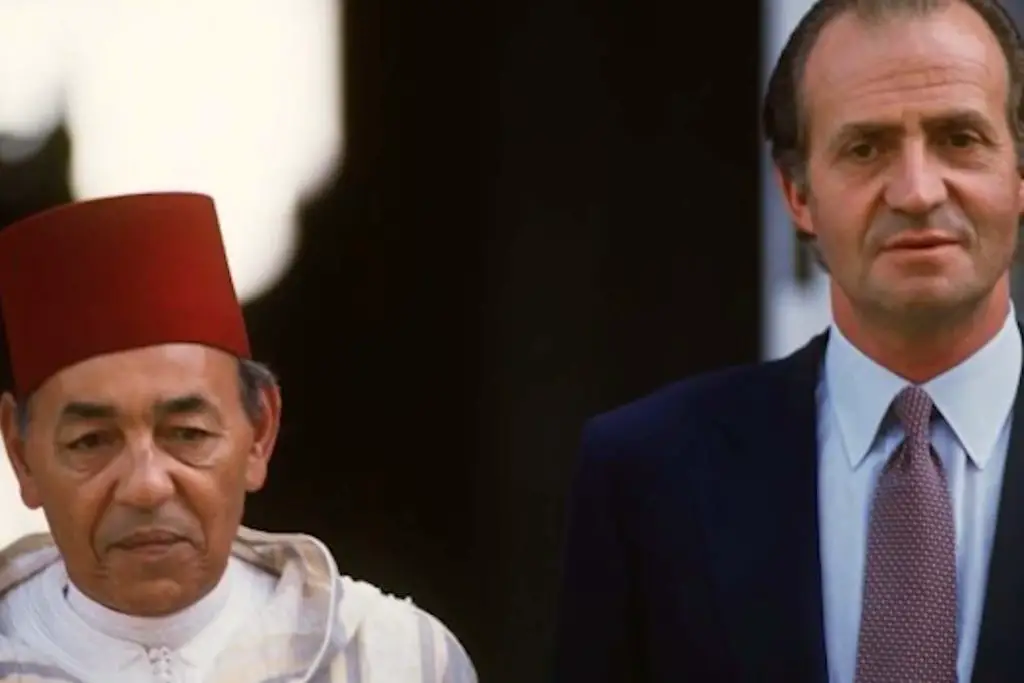
For the studies to progress, a joint committee was created between the two countries and each country in turn created a state company to develop the projects. There are reports that the Moroccan King demanded that the link be made by means of a bridge because he wanted the work to be visible.
Scholars spent almost the entire 1980s debating the best way to execute the idea and concluded that there were two possible ways: to execute the crossing through a tunnel or a suspension bridge.
The Difficulties of Executing the Project
But leaving aside the constructive alternatives, let us talk a little about the difficulties in carrying out this project and perhaps we will find the reasons why this work has not yet got off the drawing board.
The first difficulty is due to the depth of the Strait of Gibraltar. As we have already said, the Spanish and Moroccan shores are approximately 14 km apart at the narrowest point. It may seem obvious that this is the best point for the construction, but this is exactly where the greatest depths are, which would make the construction of a bridge unfeasible, as it would require pillars taller than the tallest building in the world and therefore also of colossal width and length. The depth at this point reaches 900 metres, which also surpasses the deepest underground tunnel ever built to date, which is in Norway, and reached a depth of 292 metres.
If the choice were to build a bridge, the heavy shipping traffic would have to be taken into account. Today, for example, around 300 ships pass through the Strait every day, because in addition to all the ships that leave and arrive at the Mediterranean ports, the place is a transit route for ships heading for Asia via the Suez Canal. Besides making the construction more complex, the ship traffic would add extra risk to the structure.
The Chinese Engineer’s Project
Despite the risks and difficulties some bridge projects were presented, one of these projects was presented by the renowned engineer Tung-Yen-Lin, his project took advantage of a plateau already existing in the narrowest section, if they used this plateau to support the central pillars would no longer be necessary Pillars of almost a thousand meters high.
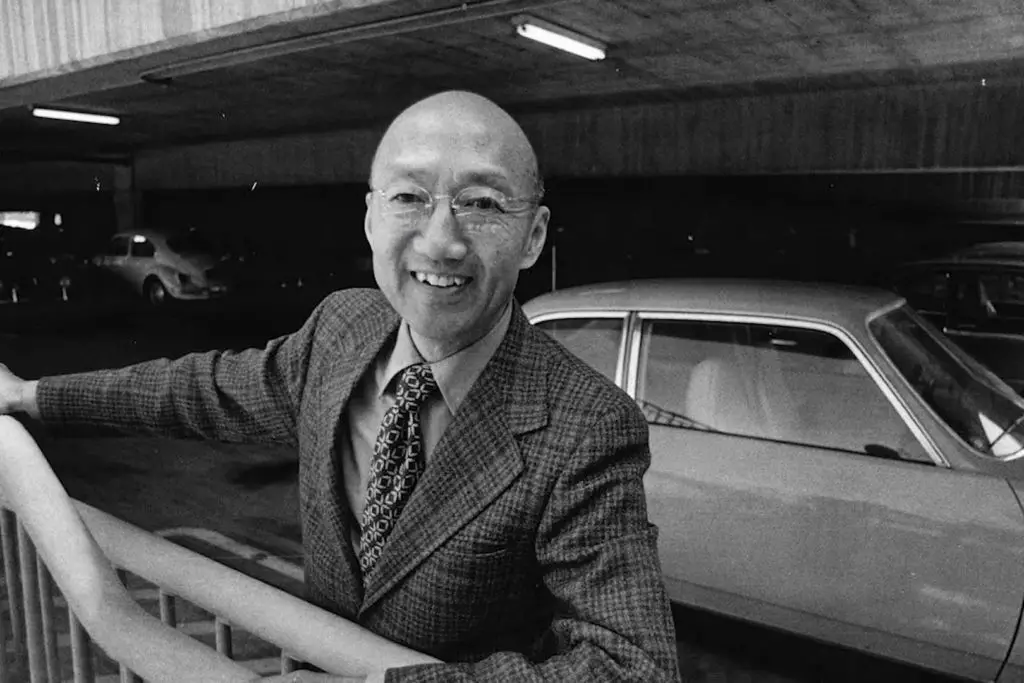
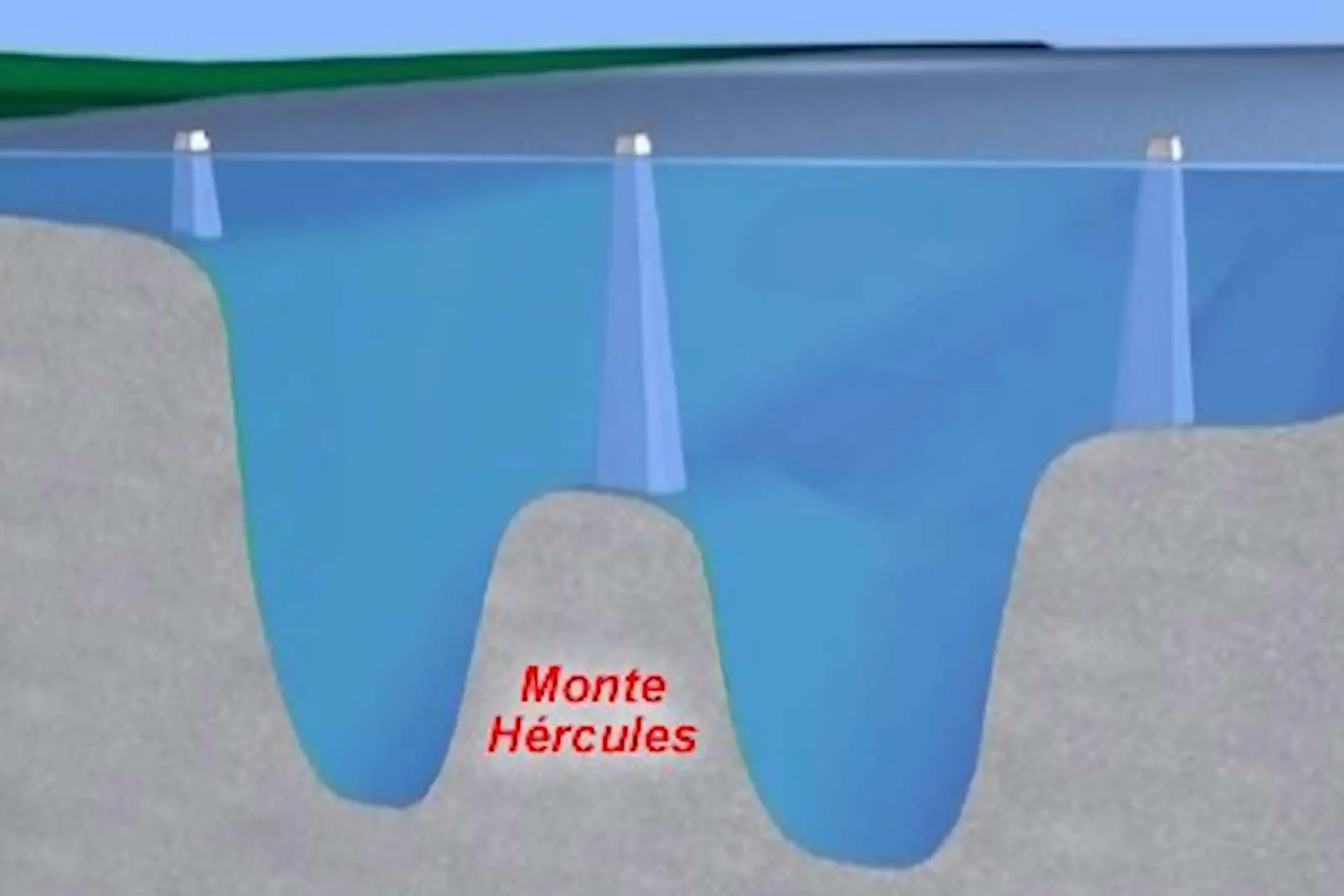
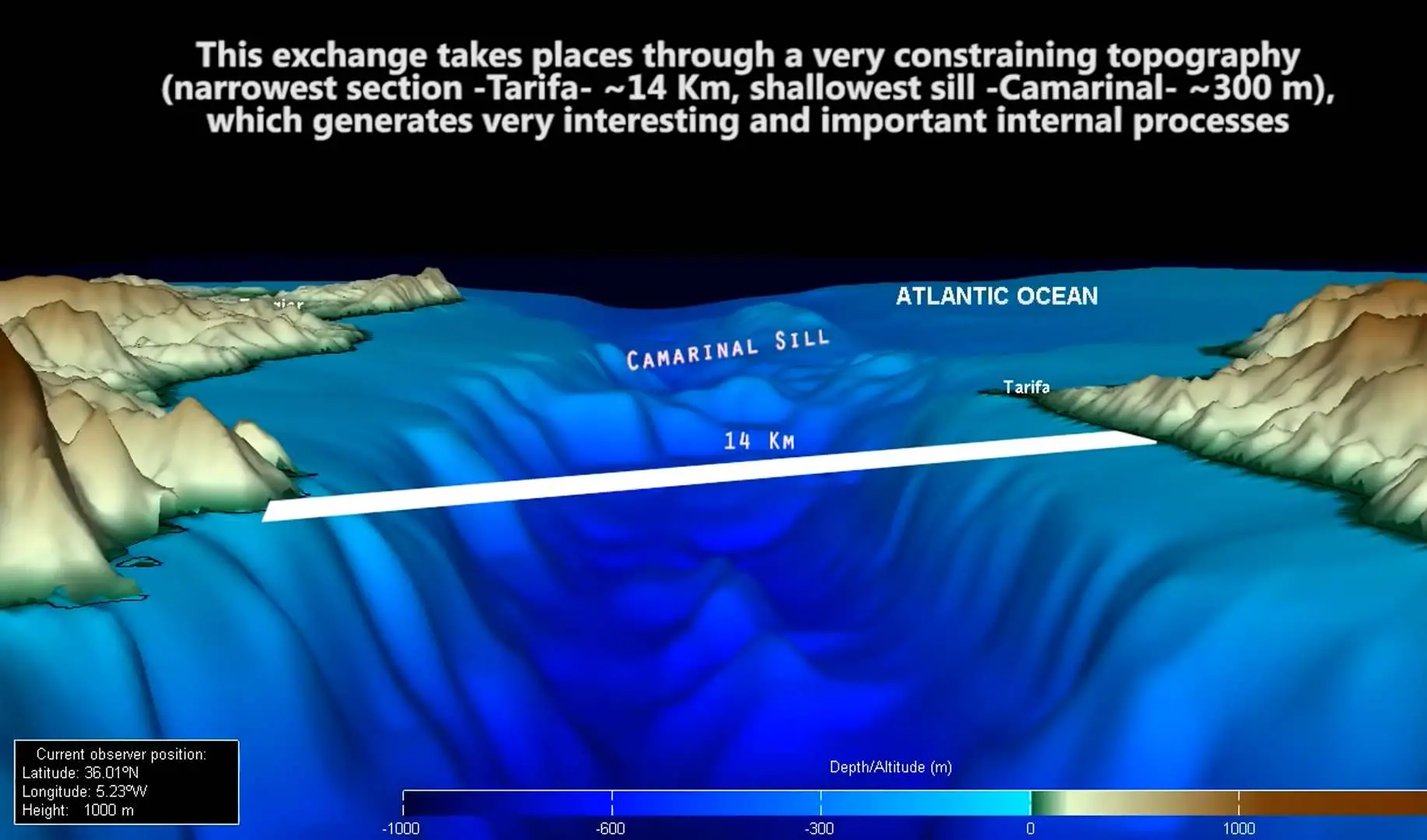
To accomplish this work the engineer proposed something innovative: the models of bridges used to overcome great distances are the suspension bridge and the cable-stayed bridge, in this case to build a cable-stayed bridge there would be no cables to support this structure, and for cable-stayed bridges it would not be possible to create the pillars with the necessary height.
The solution adopted was to merge two solutions and create a hybrid system, while the project went well, however, the execution of this work would be of colossal dimensions, consuming a huge amount of resources and consequently of money. At the moment of its presentation the work is budgeted at 20 billion dollars, which would make it the second most expensive work in the world, second only to the construction of the international space station which cost around 120 million dollars.
The Biggest Problem of All: Azores-Gibraltar Fault
We must add the last difficulty in carrying out any work in the region, at this point there is a geological fault known as the Azores-Gibraltar Fault: a fault that has already caused several earthquakes, including the one in Lisbon that destroyed the city and killed more than 30,000 people.
With bridges practically discarded due to their high cost or other difficulties, the two countries opted for the tunnel project and even started excavating. For a long time the main obstacle for the construction of the tunnels was the hardness of the materials, as there was no machine capable of drilling. However, a German company, the largest manufacturer of tunnel boring machines in the world, informed that currently it can produce equipment for this purpose, the cost is 35 million dollars per machine and eight would be necessary to excavate this work.
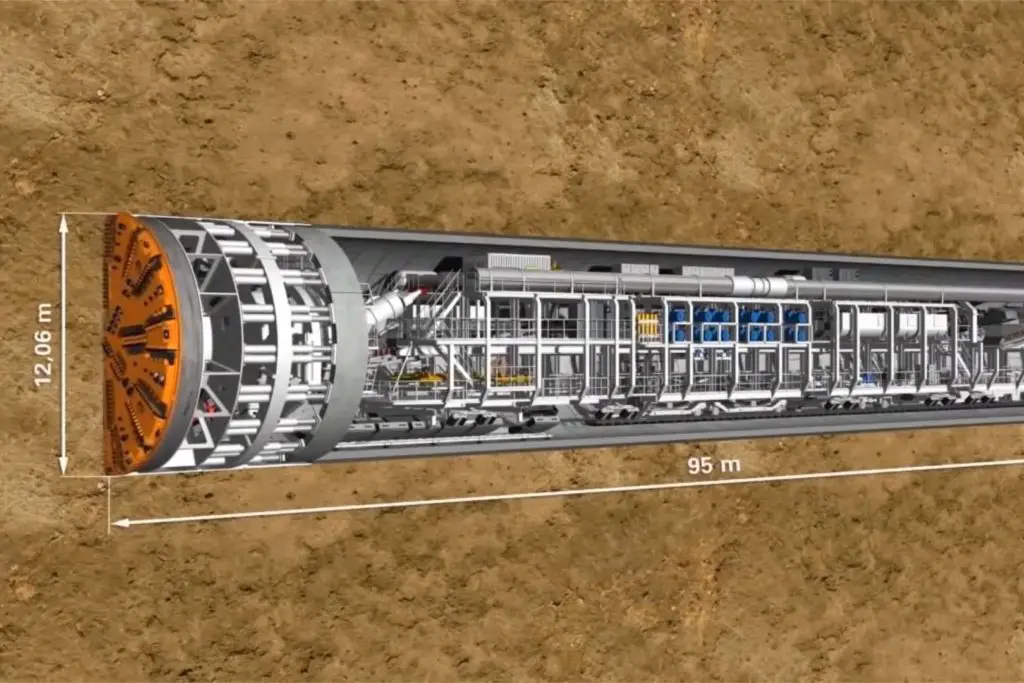
The New Project Concept
The project foresees the construction of three tunnels, two for the circulation of high speed trains in one direction and a central tunnel for maintenance. Due to the complexity and to remove the toxic gases caused by the combustion of the engines, any project in which vehicles transit through the tunnel is ruled out, the project would be similar to that of the English Channel, where vehicles are transported inside the trains.
Currently Spain and Morocco are continuing with the geological and economic studies for the construction work. So far it is clear that technical and financial issues have slowed the progress of this project, but the truth is that relations between Morocco and Spain are far from favourable and the reasons for the disagreements are various, starting with territorial disputes.
Old Quarrels Between Spain And Morocco
The Kingdom of Morocco claims as part of its territory the Spanish cities of Ceuta and Melilla, which are located on the African continent, border Morocco and have been under Spanish rule for over 500 years.
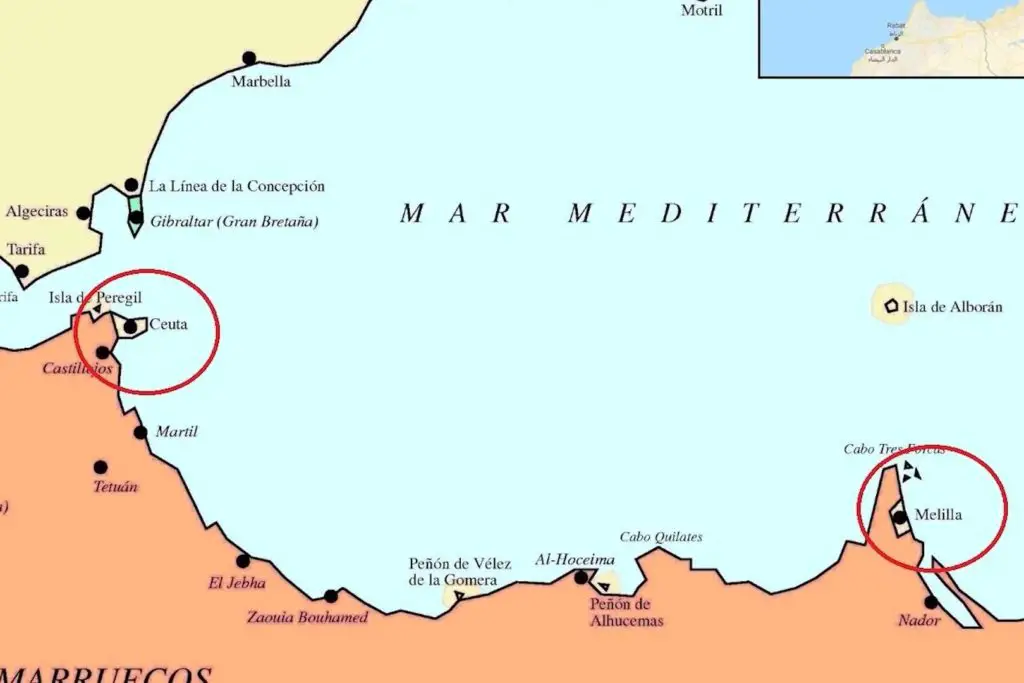
There is also a dispute over fishing areas, a good part of the Spanish fishing fleet needs to fish in seas that are outside the waters belonging to Spain, more precisely in the coastal area of Western Sahara that are involved in a conflict involving the two countries.
Currently the fishing conflict is resolved with the agreement between Morocco and the European Union which financially rewards the African country for fishing in the region, but the agreement is short-lived and there may be new disputes between the neighbours.
Migratory Issue Between Continents
There is also the migration issue, the European Union pays for countries like Morocco to carry out border control in its territory, so that immigrants are prevented from reaching the European continent, but Morocco takes advantage of this control and in each crisis with Spain it turns a blind eye so that immigrants can reach Spanish territory.
In the last crisis in 2021 more than 8,000 immigrants crossed the borders in the city of Ceuta without the Moroccan army taking any action to stop them.
Brexit, United Kingdom And Morocco
But all is not lost with regard to a union between the two continents, after more than 150 years of studies and discussions a recent event may finally take the idea off the paper. With the signing of the agreement for the withdrawal of the United Kingdom from the European Union, known as Brexit, the course of this work may change.
In the search for new trading partners the United Kingdom has already signed trade agreements with Morocco. With this need to open other markets and bring the two countries closer together, news began to circulate that the United Kingdom is interested in interconnecting its territory with the city of Tangiers, where the largest port in Morocco is located. There are still many doubts about how this project would be implemented, who would finance it and what conditions would apply to its use. Logically, a project of this magnitude and value would only make sense if it managed to integrate the regions, especially North Africa, with other infrastructures that connect with the three that pass through the tunnel.
Do you think this project will now get off the ground?
This project is an opportunity to develop African countries and really integrate these two worlds that are so close geographically and so far apart economically.








